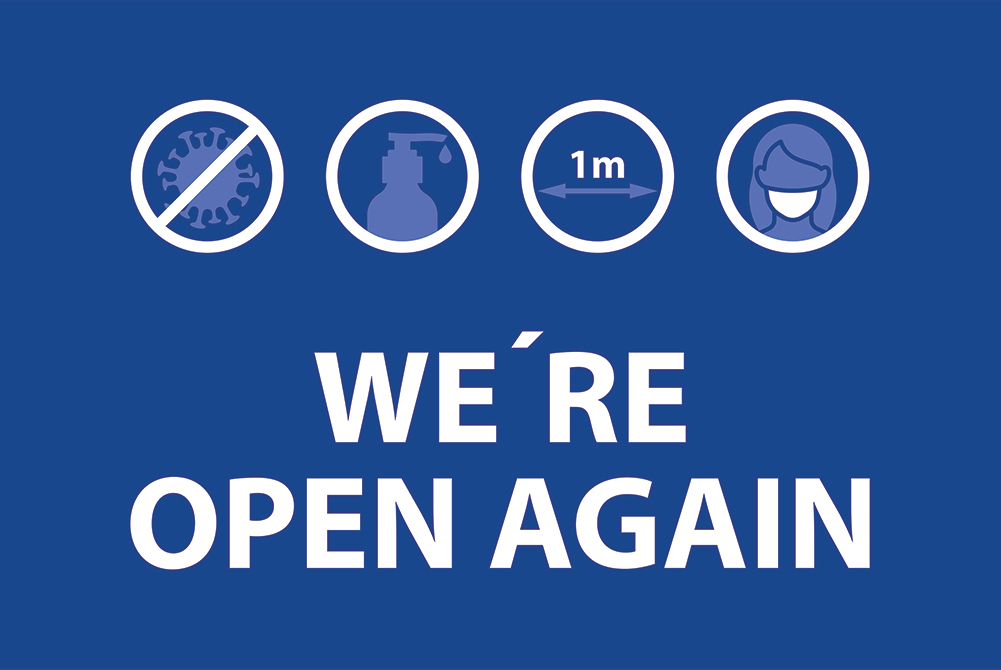What is wealth? Defined differently by Americans, most can agree that it’s a conduit to alleviating stress and worry. Most people want to pay bills on time and have some funds left over for leisure or investment.
Creating a plan to organize personal finances could be the key to creating wealth. At CNM, all students in the Introduction to Business class (BUSA 1101) are asked to monitor expenses, analyze spending, and develop an annual budget. This exercise is a springboard to developing an investment strategy.
Below are some thoughtful steps that could be taken toward creating wealth.
Step 1: Define your goals
Consider what you want your future to look like. How and where do you want to live? Do you want to help your children or grandchildren with college expenses? When would you want to retire? Do you want to travel? Draft a timeline for your goals and estimate how much it will cost.
Step 2: Organize your financial records
After pulling together all of your bank, credit card, and investment accounts, create an excel spreadsheet of all of this information. How much is in each account, how much do you owe, how much goes into the accounts monthly. Also, list life insurance and long-term care insurance if you have it. (Note: these may be key items if you wish to have a secure future.)
Step 3: Analyze your spending and income
Now is the hard part – looking at where your money comes from and where it goes. Most people are alarmed at how much they spend eating out. A home-cooked meal could cost up to 60 percent less than a dinner out. A conversation with your spouse, partner, or other family members should take place, agreeing on some smart choices.
Step 4: Develop a budget
Next, create another excel spreadsheet (or hand-written plan) for how you will spend your income. Make sure to leave room for “estimated” and “actual” so you can track your spending. The goal here should be to have some “left-over” in order to invest and plan for your future life. Those people who have been successful with financial plans have “saved” their way to a comfortable life. Hoping to win the lottery or hit it big at the casino is not a viable option.
Step 5: Determine where to invest your money; how to invest for retirement
Once you see how much can be saved, transfer it automatically every month (before the spending begins) to a remote account that cannot be accessed easily. This is the “pay yourself first” idea. Watch the funds build! Consider where you will place your funds in order to grow it. A savings account at a bank or credit union doesn’t pay out much return. Consider a mutual fund, bonds, or stocks, depending on your risk level. Working with a financial planner (sometimes free at credible online website like Fidelity or Charles Schwab) could help educate you about your investments. Free retirement plans are also available at some of these websites.
Step 6: Measure your results; make adjustments
While long-term investments don’t need much monitoring, others should be watched regularly. Read and educate yourself about the economy, key economic indicators (i.e. the stock market, unemployment, etc.) as well as good investment options. “At Fidelity you can work with a dedicated advisor, who can help you build a flexible plan that’s designed to adapt to your changing needs and help grow and protect your wealth over time,” says Micah Henson, CFP, Financial Consultant for Fidelity Investments.





